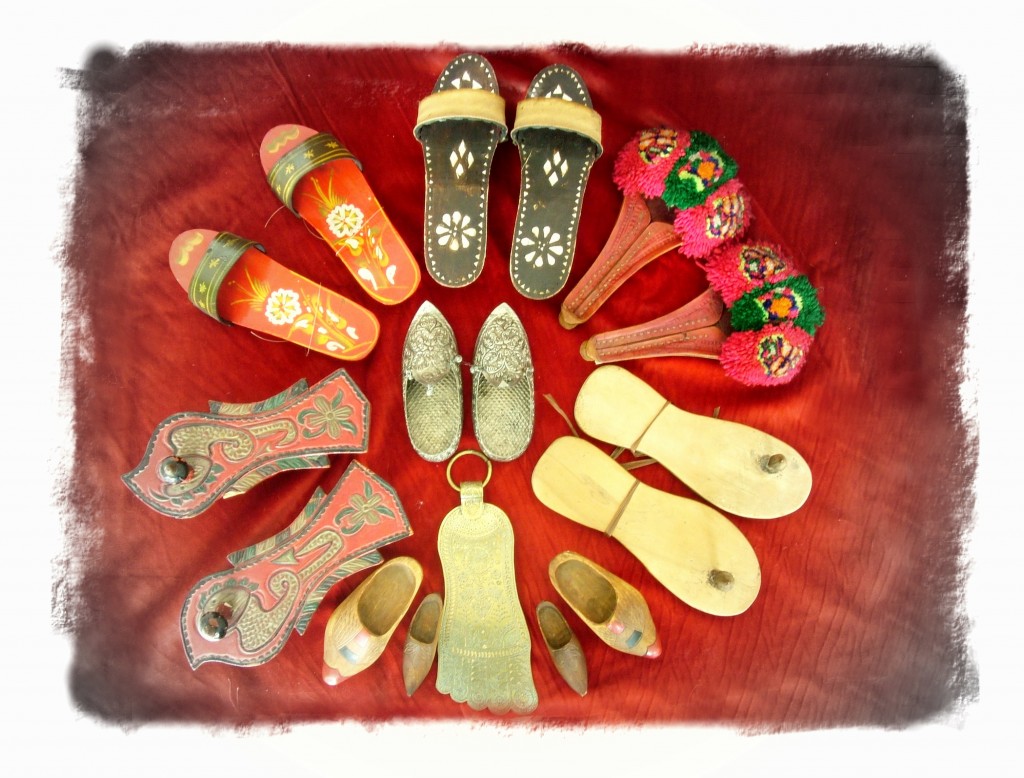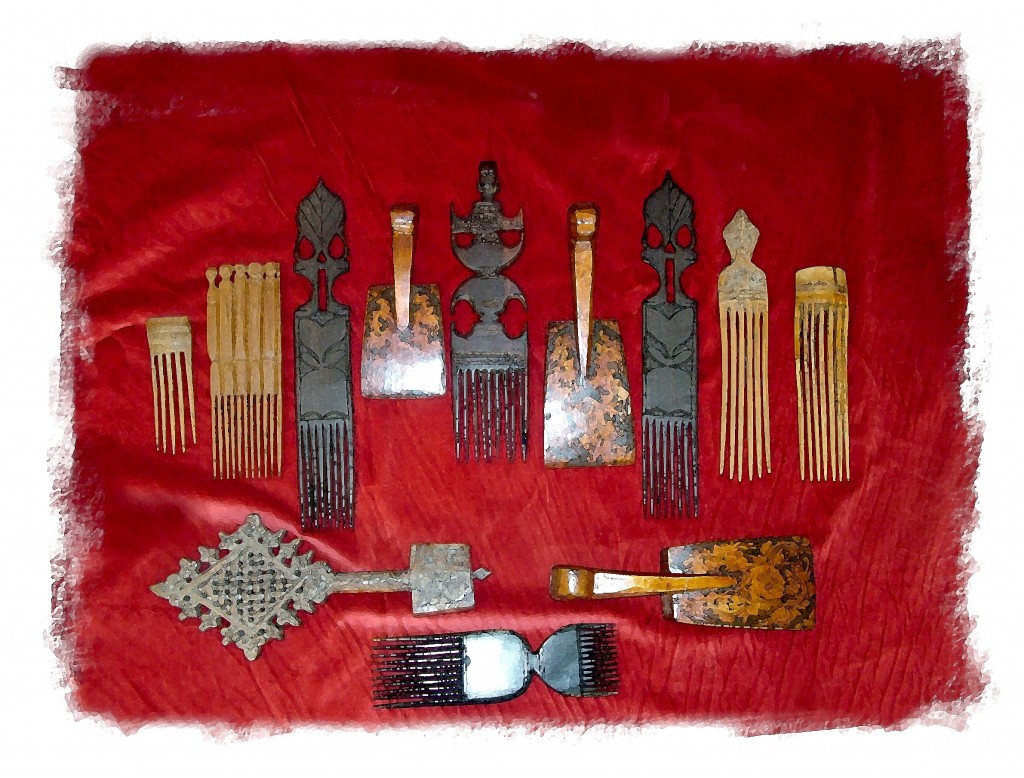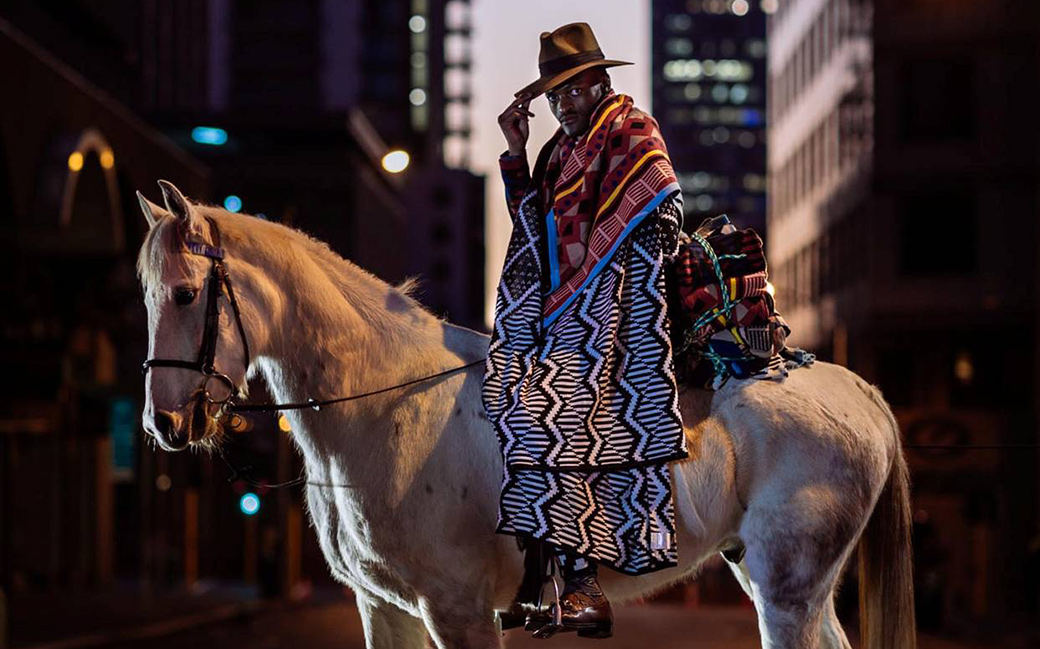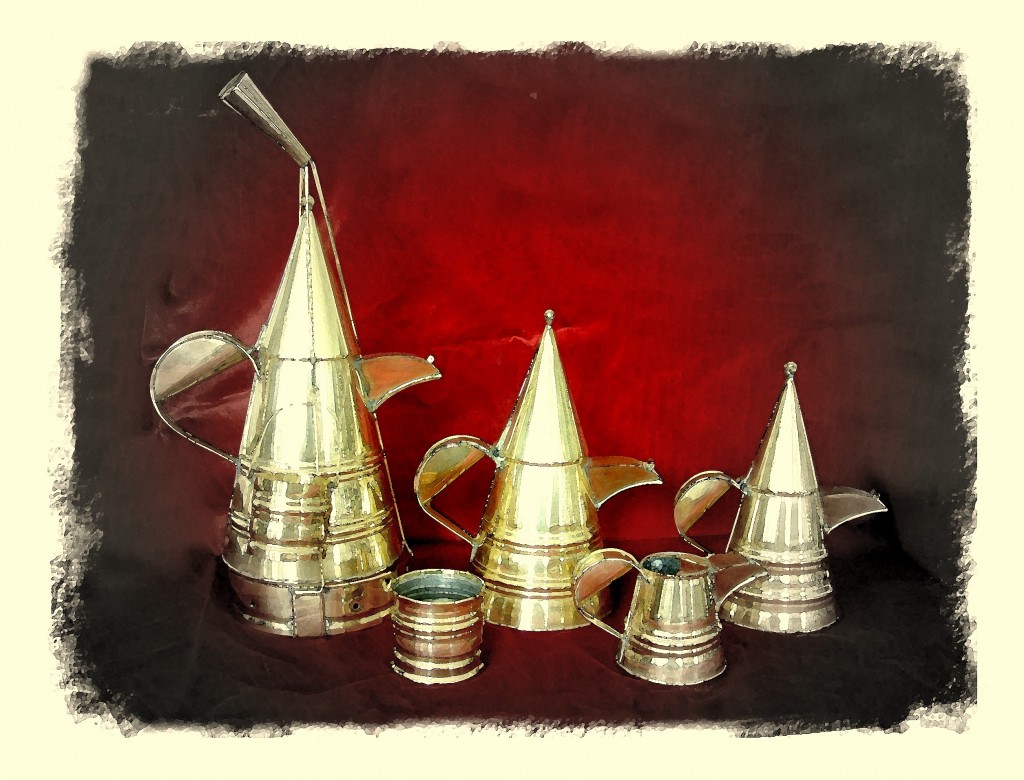 I went to university to be an anthropologist. As the most insightful of my professors quickly observed, my motivation stemmed more from my emotional attachment to Africa than from scholarly curiosity, and my delight resided in material culture rather than in the psychological or linguistic or paleontological aspects of it.
I went to university to be an anthropologist. As the most insightful of my professors quickly observed, my motivation stemmed more from my emotional attachment to Africa than from scholarly curiosity, and my delight resided in material culture rather than in the psychological or linguistic or paleontological aspects of it.
Put simply, I loved Africa, and I loved stuff.
My initial drive across the African continent confirmed that I was a star collector. My eye, so myopic in a New York department store, took trembling delight in indigo and riotous wraps, Swahili khangas and Somali kikois. Beads also spoke to me, and I soon had coils of West African chevron and deep cerulean trade beads and then, later, cowrie studded masks from PNG, Berber hair ornaments and beaded tassels, intricate Indian panels.
But it was the shoes that sidelined the other collections and, after I had devoured Bruce Chatwin’s notebooks in the Songlines, and understood that my fixation on shoes reflected my passion for and belief in the godliness of the nomad and of walking the earth, I rarely let pass any pair that caught my eye. They are footprints on my wall, the footprints of every man, of every time, of every place.
 For me, collecting is fun because, in amassing variations of a subject, you assemble something that is more than the sum of the parts. That whole collection becomes a world in the round, a collective story that contains many individual stories – of the object itself, of the person who made it, of its purpose and use. Also, in the process of collecting, you become deeply knowledgeable about the subject itself. There is also something visceral that happens to me when my eye alights on an object of interest; I begin to tremble – the hunt is on, and I am closing in.
For me, collecting is fun because, in amassing variations of a subject, you assemble something that is more than the sum of the parts. That whole collection becomes a world in the round, a collective story that contains many individual stories – of the object itself, of the person who made it, of its purpose and use. Also, in the process of collecting, you become deeply knowledgeable about the subject itself. There is also something visceral that happens to me when my eye alights on an object of interest; I begin to tremble – the hunt is on, and I am closing in. Cape Town is one of the world's great cities. The setting alone is worthy of top billing. And then you have a vibrant culinary scene, a fascinating flora and fauna representative of its microclimate, a diverse population and the logistical advantage that makes it a gateway for visits to the wine lands, to the garden route and north into the bush. In spite of the aforementioned, what makes me vibrate with anticipation in Cape Town is its flourishing art and design scene, its world class museums and galleries, its artisans, many of them passionately committed to ensuring that hand and design skills endure. The person who knows as much about this sector of the Capetonian landscape is Marion Ellis whose company, Cape Insights, designs whole or partial itineraries that feature - among other subject matter - the flourishing arts of the city. Marion's knowledge has both the breadth and depth to take you on a meandering journey across the media - from paintings and ceramics to photography and art installations - and behind the scenes to meet with collectors and artists, teachers and innovators."
["post_title"]=>
string(37) "Art & Design Flourishing in Cape Town"
["post_excerpt"]=>
string(0) ""
["post_status"]=>
string(7) "publish"
["comment_status"]=>
string(6) "closed"
["ping_status"]=>
string(6) "closed"
["post_password"]=>
string(0) ""
["post_name"]=>
string(35) "art-design-flourishing-in-cape-town"
["to_ping"]=>
string(0) ""
["pinged"]=>
string(0) ""
["post_modified"]=>
string(19) "2025-03-21 06:43:06"
["post_modified_gmt"]=>
string(19) "2025-03-21 10:43:06"
["post_content_filtered"]=>
string(0) ""
["post_parent"]=>
int(0)
["guid"]=>
string(31) "http://lisalindblad.com/?p=8743"
["menu_order"]=>
int(0)
["post_type"]=>
string(4) "post"
["post_mime_type"]=>
string(0) ""
["comment_count"]=>
string(1) "0"
["filter"]=>
string(3) "raw"
}
}
Cape Town is one of the world's great cities. The setting alone is worthy of top billing. And then you have a vibrant culinary scene, a fascinating flora and fauna representative of its microclimate, a diverse population and the logistical advantage that makes it a gateway for visits to the wine lands, to the garden route and north into the bush. In spite of the aforementioned, what makes me vibrate with anticipation in Cape Town is its flourishing art and design scene, its world class museums and galleries, its artisans, many of them passionately committed to ensuring that hand and design skills endure. The person who knows as much about this sector of the Capetonian landscape is Marion Ellis whose company, Cape Insights, designs whole or partial itineraries that feature - among other subject matter - the flourishing arts of the city. Marion's knowledge has both the breadth and depth to take you on a meandering journey across the media - from paintings and ceramics to photography and art installations - and behind the scenes to meet with collectors and artists, teachers and innovators."
["post_title"]=>
string(37) "Art & Design Flourishing in Cape Town"
["post_excerpt"]=>
string(0) ""
["post_status"]=>
string(7) "publish"
["comment_status"]=>
string(6) "closed"
["ping_status"]=>
string(6) "closed"
["post_password"]=>
string(0) ""
["post_name"]=>
string(35) "art-design-flourishing-in-cape-town"
["to_ping"]=>
string(0) ""
["pinged"]=>
string(0) ""
["post_modified"]=>
string(19) "2025-03-21 06:43:06"
["post_modified_gmt"]=>
string(19) "2025-03-21 10:43:06"
["post_content_filtered"]=>
string(0) ""
["post_parent"]=>
int(0)
["guid"]=>
string(31) "http://lisalindblad.com/?p=8743"
["menu_order"]=>
int(0)
["post_type"]=>
string(4) "post"
["post_mime_type"]=>
string(0) ""
["comment_count"]=>
string(1) "0"
["filter"]=>
string(3) "raw"
}
}
